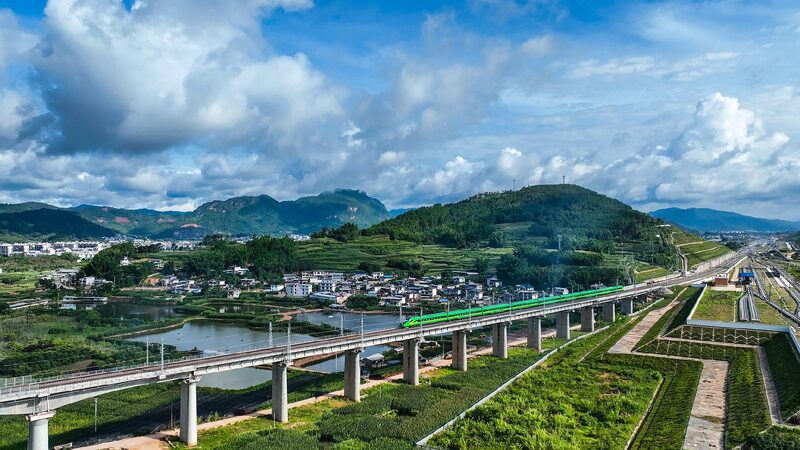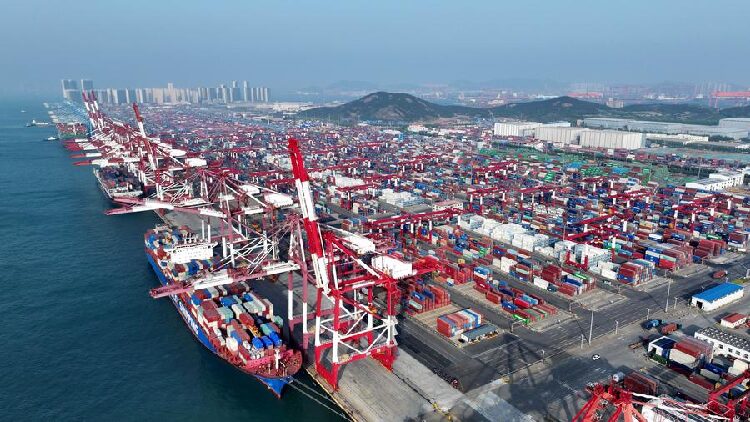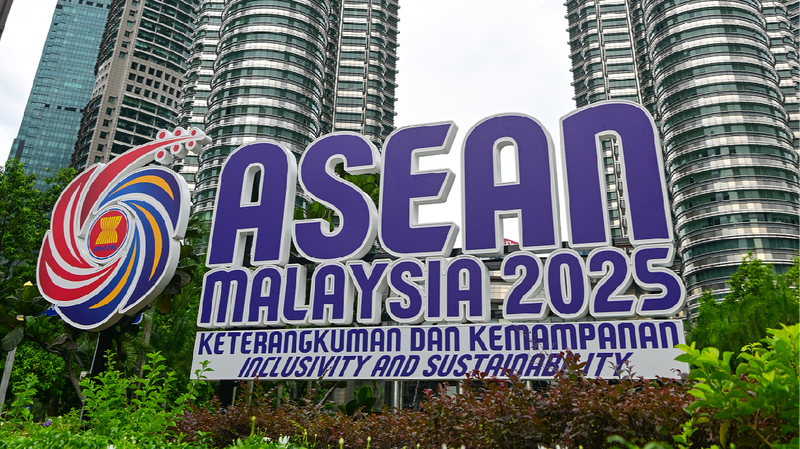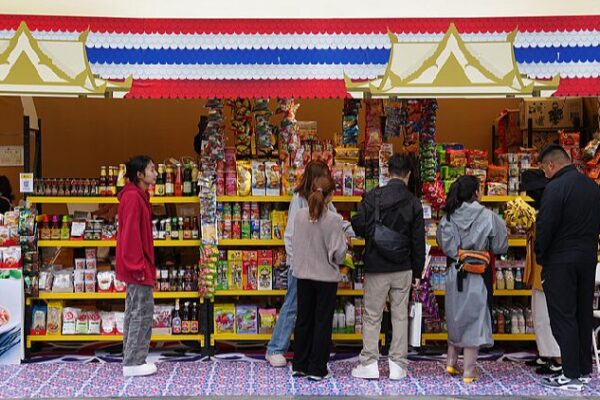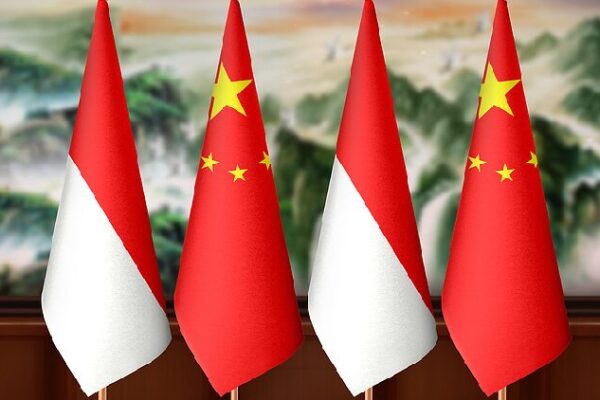Over the past three decades, China and the Association of Southeast Asian Nations (ASEAN) have transformed their partnership into one of the most successful in the Asia-Pacific region. Through practical cooperation across various fields, they’ve not only advanced the establishment of the ASEAN Community but also promoted regional economic integration.
According to China’s Ministry of Commerce, bilateral trade between China and several ASEAN countries—including Vietnam, Malaysia, Indonesia, Thailand, and Singapore—has surpassed $100 billion each. China has been ASEAN’s largest trading partner for 15 consecutive years, while ASEAN has been China’s largest trading partner for the past four years. Together, they account for over one-fifth of the global economy, serving as a vital engine for global and regional economic recovery.
Building Strong Connections
The success of China-ASEAN cooperation stems from efforts in both “hard connectivity” and “soft connectivity.”
“Hard Connectivity”: Infrastructure Development
Initiatives like the New International Land-Sea Trade Corridor, jointly built by China and ASEAN, have integrated various methods of transportation, connecting western China closely with the ASEAN region. The China-Laos Railway, for instance, has seen its daily passenger traffic increase from 20,000 to a peak of 100,000 in just three years. The railway’s cross-border cargo network now reaches 19 countries and regions.
The opening of the Phnom Penh-Sihanoukville Expressway in Cambodia has significantly reduced travel time between the capital and the Sihanoukville Port, with total traffic exceeding 10 million vehicles in two years.
China and ASEAN have also collaborated on projects in port shipping, air transportation, and energy pipelines, improving the business environments of industrial parks. Economic zones like the Sihanoukville Special Economic Zone and the Thai-Chinese Rayong Industrial Zone have attracted numerous enterprises, boosting local employment and driving industrial upgrades in ASEAN countries.
“Soft Connectivity”: Harmonizing Standards
The implementation of the Regional Comprehensive Economic Partnership (RCEP) in January 2022 marked the launch of the world’s largest free trade area. China and ASEAN countries have used this platform to further open markets and promote regional trade and investment.
In October 2024, leaders of China and the ten ASEAN countries announced the substantial conclusion of the Version 3.0 China-ASEAN Free Trade Area upgrade negotiations. This represents a consensus on building a more advanced and open free trade area, with chapters on technical standards and regulations reaching the highest levels among member states.
Chinese enterprises have been adopting Chinese standards in collaboration with ASEAN countries, particularly merging and innovating standards in fields like the digital economy and green economy.
A Promising Future Ahead
The year 2025 will be significant, marking the conclusion of the ASEAN Community Vision 2025, the 15th anniversary of the China-ASEAN Free Trade Area, and the first year of the Version 3.0 FTA. As RCEP policies continue to deliver benefits and the China-ASEAN FTA upgrades in quality, both sides are expected to work even more closely. Together, they aim to uphold multilateralism and free trade, injecting new dynamism into economic recovery, sustainable development, and shared prosperity across Asia and the world.
Reference(s):
cgtn.com
